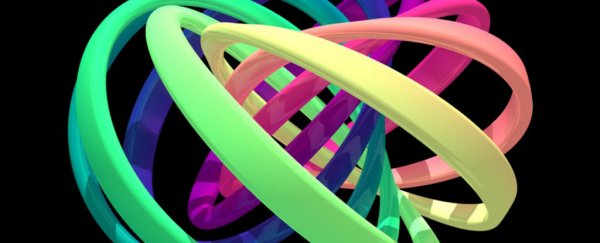An international team of scientists has managed to create a quantum knot for the first time - a fundamental breakthrough in quantum physics that could one day help power the supercomputers of the future. These knots aren't quite the same as the ones you might tie to moor a boat to a jetty - they've been made in a superfluid form of quantum matter called Bose-Einstein Condensate, or BEC, and are more like smoke rings than traditional knots.
"For decades, physicists have been theoretically predicting that it should be possible to have knots in quantum fields, but nobody else has been able to make one," said lead researcher, Mikko Möttönen. "Now that we have seen these exotic beasts, we are really excited to study their peculiar properties. Importantly, our discovery connects to a diverse set of research fields including cosmology, fusion power, and quantum computers."
These knots of BEC, called knotty solitons, form particle-like rings or loops that roll forward at a constant speed without deforming. When the BEC superfluid is first created, it's made up of a series of points in space all having a specific orientation. The trick of the knotting technique is to change that orientation using very precise magnetic fields - so precise, the scientists conducting the experiment were afraid to move at all.
With it so far? Even if the science is difficult to grasp, the end result is simple enough: tiny knots composed of an interlocking series of circles that look a little like smoke rings or doughnuts. These quantum knots are also topologically stable, which means they can't be undone and must be broken instead. If you think about a shoelace analogy, these particular types of shoelaces can't be pulled apart with your fingers, and have to be cut off with scissors instead.
The tying of the knot takes less than a thousandth of a second, according to Möttönen's research partner, David Hall. "After we learned how to tie the first quantum knot, we have become rather good at it," he said. "Thus far, we have tied several hundred such knots."
This is high-level, mind-blowing stuff, and it could be a long time before the results trickle through to everyday life. The researchers believe the discovery might one day help inform the development of quantum computers, where qubits could be braided into different types of knots depending on the task at hand.
The research has been published in Nature Physics.
